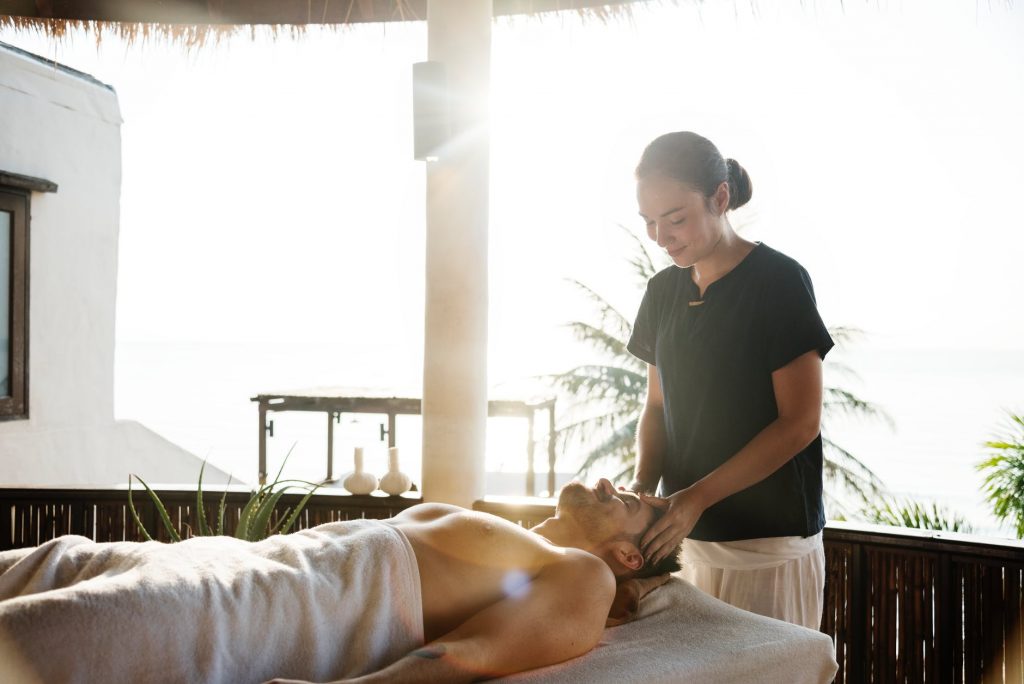The cycle of stress and recovery in exercise makes the mind and body fitter than these were before. When you exercise, your body’s immune system repairs the damage caused by the stress from exercising (i.e., microscopic tears in the tissues). When your body recovers, you will be slightly fitter and the cycle goes on for as long as you exercise.
Indeed, we can’t overemphasize the importance of rest and recovery for a fit body. But rest and recovery doesn’t just mean becoming a couch potato for a day or two. Instead, it means using two or more of the following strategies for best results.
Passive Recovery
This means complete rest and, thus, a complete cessation from active physical exercise. You can, of course, still be active in other daily activities like performing household chores and office work. But you have to stay away from the Max Fitness gym so as to give your body time to heal.
Active Recovery
This means being involved in a low-impact, low-intensity exercise like cycling, walking, and calisthenics, among other light bodyweight workouts. These exercises promote efficient blood circulation, tissue repair and muscle recovery without putting more stress on the body. You shouldn’t be winded or fatigued after performing these exercises – a buzzed feeling should be your goal.
Cross-training
This involves changing up your physical activity so that your body doesn’t become fatigued in one area only. You don’t have to completely rest from your workouts with cross-training since you can switch up your workouts. You can, for example, enjoy cardiovascular training on Monday and then strength training on Tuesdays, and then work on your upper and lower body on different days.
Myofascial Release
Massage, foam rolling, and reflexology are forms of soft tissue therapy, also known as myofascial release. It should be administered immediately before and after your workout since it aids in decreasing the symptoms of delayed onset muscle soreness (DOMS), as well as speed up muscle recovery. It can also be part of your passive and active recovery plan.
Nutritional Recovery
Be sure to eat your way to recovery, so to speak, by adopting a diet rich in proteins, the building block of muscles. You should also eat whole foods, lean meat, and fruits and vegetables, which are rich in antioxidants, so that your body will have the nutrition it needs.
And don’t forget to get sufficient sleep every night because sleep is a significant part of your body’s recovery from exercise. When you sleep, your body produces hormones and growth factors essential in muscle repair and recovery.
